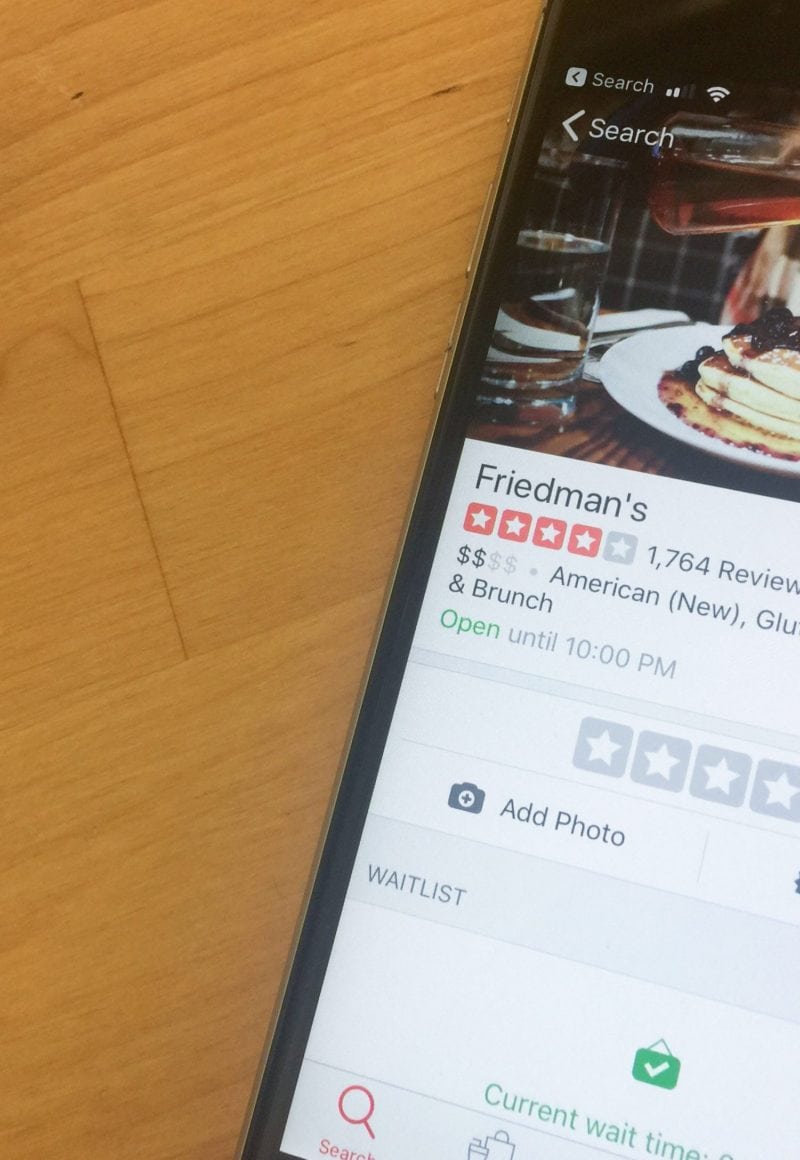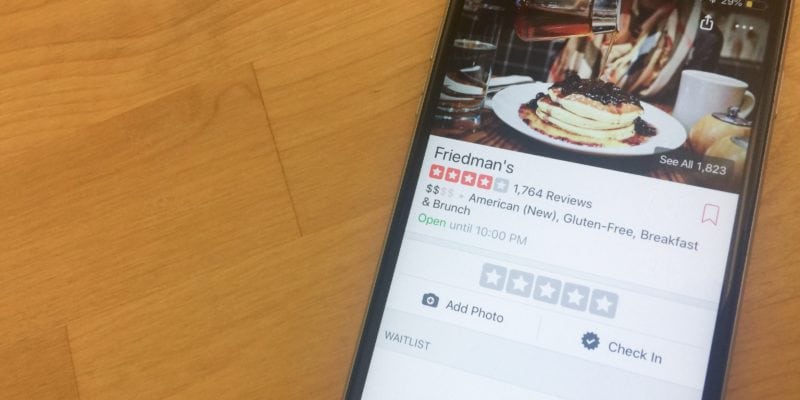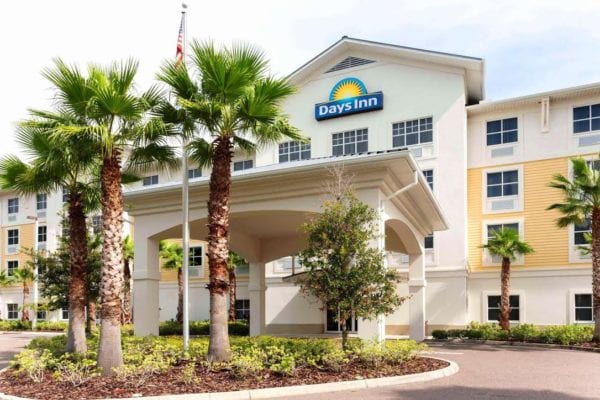Skift Take
Consumers will benefit from easily accessible restaurant health data, as long as the information is always correct and up-to-date.
— Erika Adams
Starting today, Yelp users across the country will see a new denotation on restaurant business pages when they pull up the app. Listed right underneath a restaurant’s price range, consumers will see a “Health Score,” followed by the local government’s most recent grade given after a health inspection. Click on the score, and a subsequent page in the app will detail how many violations the restaurant had in previous inspections, further descriptions of each violation, and the date when each violation was corrected.
“Today we have added health inspection data to Yelp for more restaurants in New York, California, Texas, Illinois and Washington, DC, and will continue to roll out updates state-by-state in the coming months,” Yelp detailed in a blog post announcing the new feature.
The health score aggregation is powered by HDScores.com, a website launched to collect local health department inspection scores and funnel them into a central, easily searchable database. The website has gathered inspection scores from over 1,700 counties covering 42 states, and touches 73 percent of the U.S. population.
For the consumer who doesn’t make a habit of looking up health inspection reports in the process of deciding where to eat, Yelp’s new tool puts the publicly-available information in a user-friendly format that is easily accessible.
“Eating in a restaurant should not pose food safety risks, but sometimes does,” Marion Nestle, a prolific author on the food industry and public health, and the Paulette Goddard Professor of Nutrition, Food Studies, and Public Health, emerita, at New York University, told Skift Table in an email. “As a customer, you have no way of knowing how closely a restaurant follows guidelines about temperature, cross-contamination, and basic sanitation (although the condition of the restrooms is often an indication). An A grade [in New York City] tells you that the place is careful about food safety issues. That’s useful information for people thinking of eating there.”
Yelp estimates that around 750,000 business pages will be affected by today’s rollout. It’s not a new launch for some locations, however. Yelp has been rolling out the feature incrementally in over two dozen cities and states over the past five years. San Francisco was the original guinea pig for the feature; restaurants in the city saw their pages updated with health inspection codes back in 2013.
Potential Downsides for Restaurant Owners
While consumers benefitted from the additional information, the new feature amplified the gripes that restaurant owners already had with the way that health inspections were conducted in the city. A health inspection score is like a snapshot in time, explained Gwyneth Borden, the executive director of the Golden Gate Restaurant Association. If the score has to sit on a restaurant’s Yelp page long after the problems have been fixed, that’s potentially a very damaging issue for the restaurant.
When Yelp first rolled out the integration in San Francisco in 2013, Borden said that the grades weren’t necessarily explained well or updated accordingly after the inspector revisited a restaurant to check and make sure violations had been corrected. The health department is stretched so thin that a restaurant might not go through a routine health code check for 18 months to 2 years. That’s a long time to be stuck with a grade that’s not necessarily reflective of the restaurant. Especially when it’s displayed front-and-center on a restaurant’s Yelp page.
If a restaurant has to live with a poor score on their Yelp page, it affects business. Borden recalled one restaurant in San Francisco that received a poor health code rating, fixed the issues right away as required, but had to contend with the lingering poor score on their Yelp page. The score actually prompted a warning to pop up for any user that tried to view the restaurant on Yelp.
There was an influx of negative reviews because of the score, and the owners saw a 15 percent drop in business during the debacle. A recent study from Harvard Business School also confirms those sales losses as standard. The study found that a restaurant with a poor health grade on Yelp could lead to a 12 percent drop in sales. That number could drop a further 9 percent if the poor grade was prompted by particularly egregious food service violations.
Andrew Rigie, the executive director of the New York City Hospitality Alliance, echoed similar concerns that the flaws in New York’s health inspection system will be put on display now that restaurants’ grades are pasted on their Yelp pages.
“Food safety must be implemented all of the time,” Rigie agreed. “Customers want to know that where they are dining is safe.” However, if Yelp isn’t strict in updating restaurant health codes in real time, it could significantly damage a local business. “Restaurants are already concerned about the reviews they get,” Rigie said. “Yelp is presenting another forum in which people can talk negatively about the business.”
However flawed the system is, consumers are gaining some access to easily available public health information, and Yelp has shown that it has taken steps to be more informative about health code violations. The new feature will continue to roll out in more states in the coming months.






